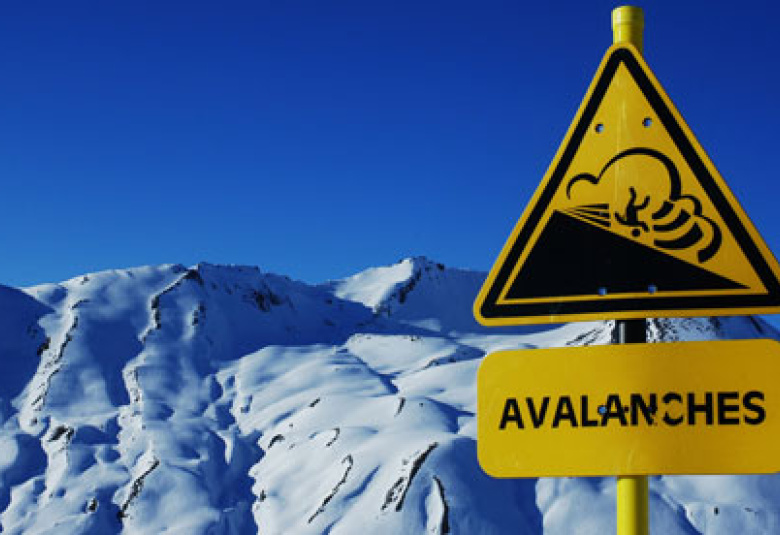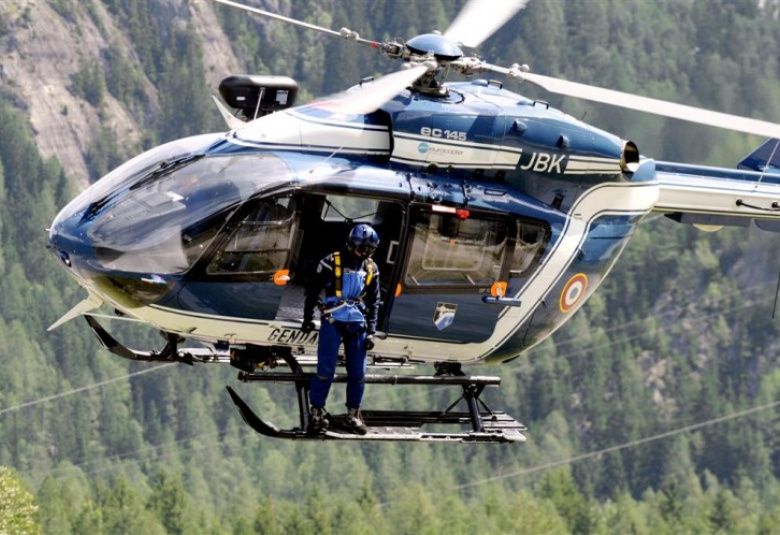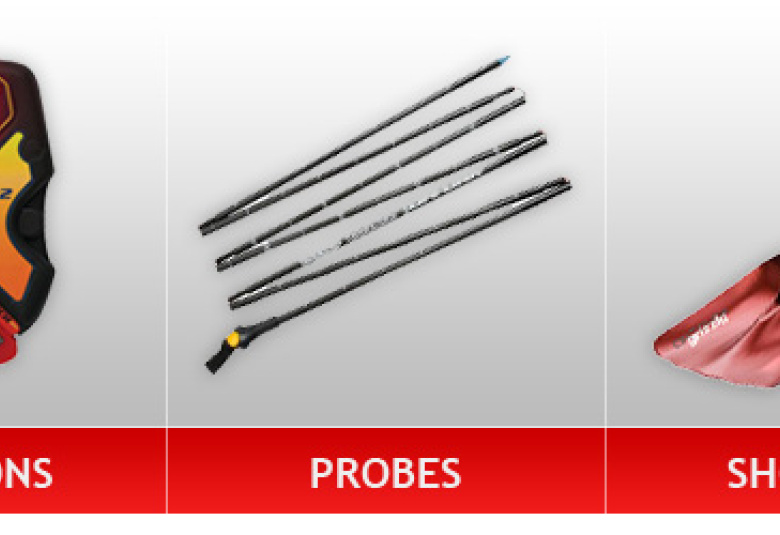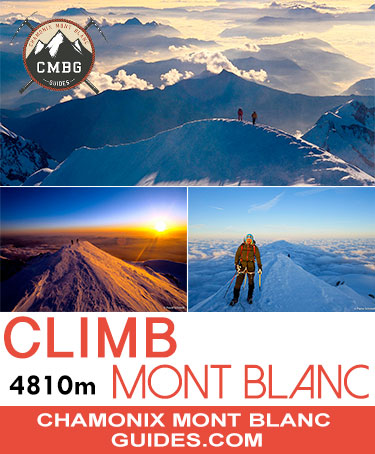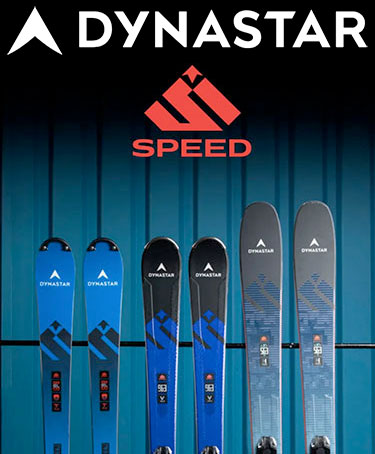Our Avalanche Safety, Security, Awareness & Training Courses are runned by Chamonix Mountain Guide (www.chamonix-mountain-guide.com) a Chamonix guides bureau based in Chamonix valley, in partnership with ISTA (International Snow Training Academy). We offer 2 levels of avalanche courses, 1 day Discovery and 2 days Stage.
Don’t wait until it’s too late.
As mountain guides, as skiers, as mountaineerers, we are constantly faced with the dangers that snow brings, and are regularly affected by news from near or far of accidents caused by avalanches.
That is why it is essential to know certain basics to prevent the skiing dream from turning into a nightmare.
We offer a safety awareness programme which focuses on getting around in the mountains during the winter season (either by skiing or on snow shoes), as well as an introduction to avalanche rescue:
- Giving up/abandoning a project or knowing how to turn back
- Choosing the correct safety material
- Knowing how to use it
- And above all, how to behave so that you’re never in the position to have to use it!!!
- How best to handle a safety rescue
Over the course of one or two days on the ground, we will bring you all of our knowledge. Among other things, we advise you to regularly keep up to date through a range of possibilities:
- Meet the professionals (ski patrollers, mountain guides, ski monitors etc…)
- Read/watch the weather reports and snowfall announcements
- Conferences
- Reviews and specialist books
- Watch videos on the internet...
This information applies to everyone, from the ‘Extreme Powder Skier’ to the ‘Ski Resort Skier that want to try the off piste next two the ski slopes’.
Happy skiing and hiking to all.
Check the avalanche risk
If you plan to ski or snowboard off-piste it is essential that you understand the Avalanche Risk Level for each local area and plan your skiing accordingly. The following Table summarises the five levels of Avalanche Risk.
| Risk Level | Snowpack Stability | Avalanche probability |
|---|---|---|
1. Low risk  |
Generally well bonded and stable. | Triggering is possible by groups of skiers on a few very steep extreme slopes. Small natural avalanches (sluffs) are possible |
2. Moderate |
Less well bonded on some steep slopes, otherwise generally well bonded. | Triggering is possible by groups of skiers, particularly on steep slopes. Large natural avalanches may occur but are not likely. |
3. Considerable |
Moderately to weakly bonded on many steep slopes | Triggering is possible, even by individual skiers. The bulletin may indicate many slopes which are particularly affected. Medium and occasionally large natural avalanches may occur. |
4. High |
Weakly bonded in most places. | Triggering is likely, even with single skiers, on many steep slopes. Frequent medium or large-sized avalanches are likely. |
5. Very high (Extreme) |
Weakly bonded and largely unstable. | Numerous large natural avalanches are likely, even on moderately steep terrain. |
It is a common mistake to assume that there is only danger in climbing mountains during winter, however, this is far from the truth as many of the highest peaks maintain there extreme cold weather, and avalanche and crevasse danger throughout the whole year, even in summer.
Climbing in winter, however, takes on a more serious note as the conditions become even more unpredictable.
With fewer hours of sunlight, temperatures can fall dramatically, the approach is normally on skis and there are added dangers like an avalanche, ice fall, and unseen crevasses.
The weather forecast should be checked in advance to discern the conditions of the routes themselves.
Popular routes usually have some degree of protection such as wires and chains to outline the route, in some cases, there are bolts which you can attach your carabiner to in order to ensure your safety. However, if you are walking off track, known as scrambling, all appropriate safety equipment must be on hand to ensure your safety.
Read more avalanche safety tips.
Dangerous Mont Blanc
Alpine climbing in Chamonix is popular in both Winter and Summer seasons, and your safety and the safety of those around you must always be the top priority.
The highest mountain in the Alps and in Western Europe, Mont Blanc reaches 4,810 m in altitude.
Despite its height, Mont Blanc is not - from a purely technical standpoint - the most difficult mountain to climb.
In fact, many guides companies describe Mont Blanc as a "long walk" - this is, of course, an exaggeration, as Mont Blanc is far from being a "walk" and it still requires crampons and ice axes.
Still, Mont Blanc is far less challenging than many other peaks, such as the Alaskan mountain ranges.
However, Mont Blanc has the highest fatality rate of any mountain in Europe - it is estimated that around 100 people lose their lives each year in the massif.
Therefore, one can easily spot a discrepancy - although it is not an easy climb, the fatality rate should not be the highest of all Europe.
Unfortunately, it is believed and many fatalities could have been prevented if people followed the safety rules.
Respect the mountain
First of all, respect the mountain and never lose sight of what it represents: the highest mountain in Europe, where numerous people lose their lives daily.
Climbing Mont-Blanc can definitely be the adventure of a lifetime, but it requires caution and practice.
Officials estimate that the number of people who climb Mont Blanc reached 30,000 per season, which is a lot higher than it should be.
Tour companies advertising Mont-Blanc as a "long-walk" might be one of the reasons which led to such a high flux of people per season.
Believing that all it takes to climb Mont Blanc is a relatively good physical condition can be and often is a deadly mistake.
Climbing Mont-Blanc still requires some climbing experience, practising of the technical skills, choosing a proper outfit, hiring an experienced guide, checking the weather & snow reports
Choose the right equipment
Because of its high popularity, people tend to overlook the importance of choosing the right equipment when climbing Mont-Blanc.
Not being properly equipped while climbing Mont-Blanc has actually become even a more pressing issue since 2013.
On 11 July 2013, Killian Jornet set the new record of 4 hours 57 minutes 34 seconds for the fastest ascent & descent on foot from Chamonix.
Because he was not wearing proper equipment, many people thought they could do the same.
Unfortunately, this resulted in many accidents, including fatalities.
One has to remember that Killian Jornet is a highly professional athlete and a very experienced alpinist, probably the best of his kind.
As a response to the increasing number of accidents, in the summer of 2017, the mayor of Saint-Gervais issued a list of mandatory equipment when climbing Mont-Blanc.
Check many shops that sell quality mountaineering equipment.
Get fit!
Climbing Mont Blanc is an endurance sport. The ascent itself can be a long day and you have to have to energy to also descent.
In consequence, one has to be in a very good physical condition to climb Mont-Blanc.
Experience shows that the way an average person works out - that is, 3-5 sessions/ week of hitting the gym - is not enough for climbing a high mountain like Mont Blanc.
Cycling, walking, (trail) running, (mountain) biking and swimming are suitable. As long as you can build in real good endurance training of a few hours.
|
Important Contacts in Chamonix for your Safery in the Mountains: |
|
|
Office de Haute Montagne in Chamonix (route condition & weather forecast) |
P.G.H.M. (mountain rescue) |
|
Maison de la Montagne: 190, place de l'église, 74400 Chamonix |
69, route de la Mollard, 74400 Chamonix |
| Tel: +33 (0)4 50 53 22 08 | Tel: +33 (0)4 50 53 16 89 |
| ohm-info@chamonix.com | |
Recommended Books
- Glacier Travel & Crevasse Rescue: Reading Glaciers, Crevasse Rescue Techniques, Routefinding, Expedition Skills by Andrew Selters.
- Avalanche Safety: For Skiers & Climbers by Tony Daffern.
Other Books about Alpine Security, Safety and Avalanche Awareness



